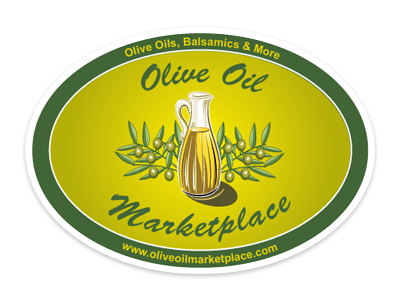Should this year’s Thanksgiving turkey be brined, injected, both, or none of the above?
I think we can all agree that a lot of turkey comes to the table dry. So dry that it takes a generous, what-the-hell pour from the gravy boat to make it palatable..
Many workarounds have been championed over the years. The two I find most effective (especially when subjecting a bird to the dry heat of the grill or smoker) are brining and injecting.
BRINING TURKEY
Without getting too scientific, soaking certain animal proteins in saltwater prior to cooking helps keep them moist. Not only do they absorb some of the liquid—their weight can increase by as much as 8 percent—but the salt denatures the protein strands within the muscles, discouraging shrinkage. With its high proportion of white meat, which has inherently less fat than dark, turkey is an excellent candidate for brining. (Check out our Brining recipe here.)
Advantages of brining turkey:
• Brining not only hydrates the meat, but uniformly seasons it.
• Brined meat will be noticeably more tender.
• White meat will stay moister while the dark meat finishes cooking.
• Flavorful ingredients like sugar (which helps with caramelization), chopped onion, garlic, citrus peel, whole spices, etc. can be added to the brine to customize it.
Disadvantages of brining turkey:
• Because it, too, has absorbed the brine, the skin will not brown and crisp as readily as skin that hasn’t been brined. To overcome this problem, pat the turkey dry with paper towels after brining and let the turkey sit on a rack inside a rimmed baking sheet, uncovered, in the refrigerator for several hours before cooking.
• Drippings will be salty. Keep this in mind if you intend to make gravy.
• A significant amount of refrigerator space, always at a premium around Thanksgiving, must be reserved for the turkey and its brine. Alternatively, put the turkey and brine into a clean insulated cooler and weight with leak-proof bags of ice. Change the ice as needed.
• Brining takes time—up to 24 hours for a whole turkey.
• Brining is not recommended for many brands of mass-produced turkeys which have already been injected with solutions, or in the case of kosher turkeys, already dry-brined.
INJECTING TURKEY
With this method you get to play doctor, using an oversize hypodermic-like syringe called an injector to deliver a thin, flavorful liquid deep into muscle tissue. For turkey and other poultry, the injection mixture usually contains broth and melted butter with optional wine, bourbon, fruit juice, maple syrup, and/or other water-soluble ingredients for additional flavor. Avoid coarsely ground spices, which will clog the needle.
To load your injector, depress the plunger, dip the needle in the injector sauce, then pull the plunger back to draw in the sauce. Insert the needle into the deepest part of the thighs, drumsticks, and breast, pushing the plunger to disperse the liquid throughout the meat. (Check out our Injection Sauce recipes here.)
Advantages of injecting turkey:
• Injecting works faster than brining. You can inject the bird immediately before cooking.
• Fats like melted butter, duck fat, or olive oil can be delivered deep into the breast meat, increasing its succulence.
• Because the liquid is delivered under the skin, the skin tends to come out darker and crisper than that of a brined bird.
• You can vary the taste of the turkey by adding cognac, maple syrup, lemon juice or other flavorings to the injector sauce.
• The injection process looks a lot more theatrical than brining, and can be done with great dramatic effect in front of guests. You can even let them participate.
Disadvantages of injecting turkey:
• Only water- or oil-soluble ingredients can be used in injector sauces. Solid ingredients, including coarsely ground spices, will clog the needle.
• Distribution of the liquid is not as uniform as it is for brining. In other words, some parts of the bird might be saturated while others are dry.
• The needle will leave track marks in the turkey.
• If an injection site is saturated, liquid will squirt from the holes, potentially hitting walls, counters, cabinets, etc. Some pit masters wrap their turkeys in plastic wrap before injecting, then remove it before cooking.
Of course, there are people who both brine and inject their turkeys before exposing them to the fire. Sometimes More is Better.
Brine, inject, or both? May the best bird win.

Leave A Comment